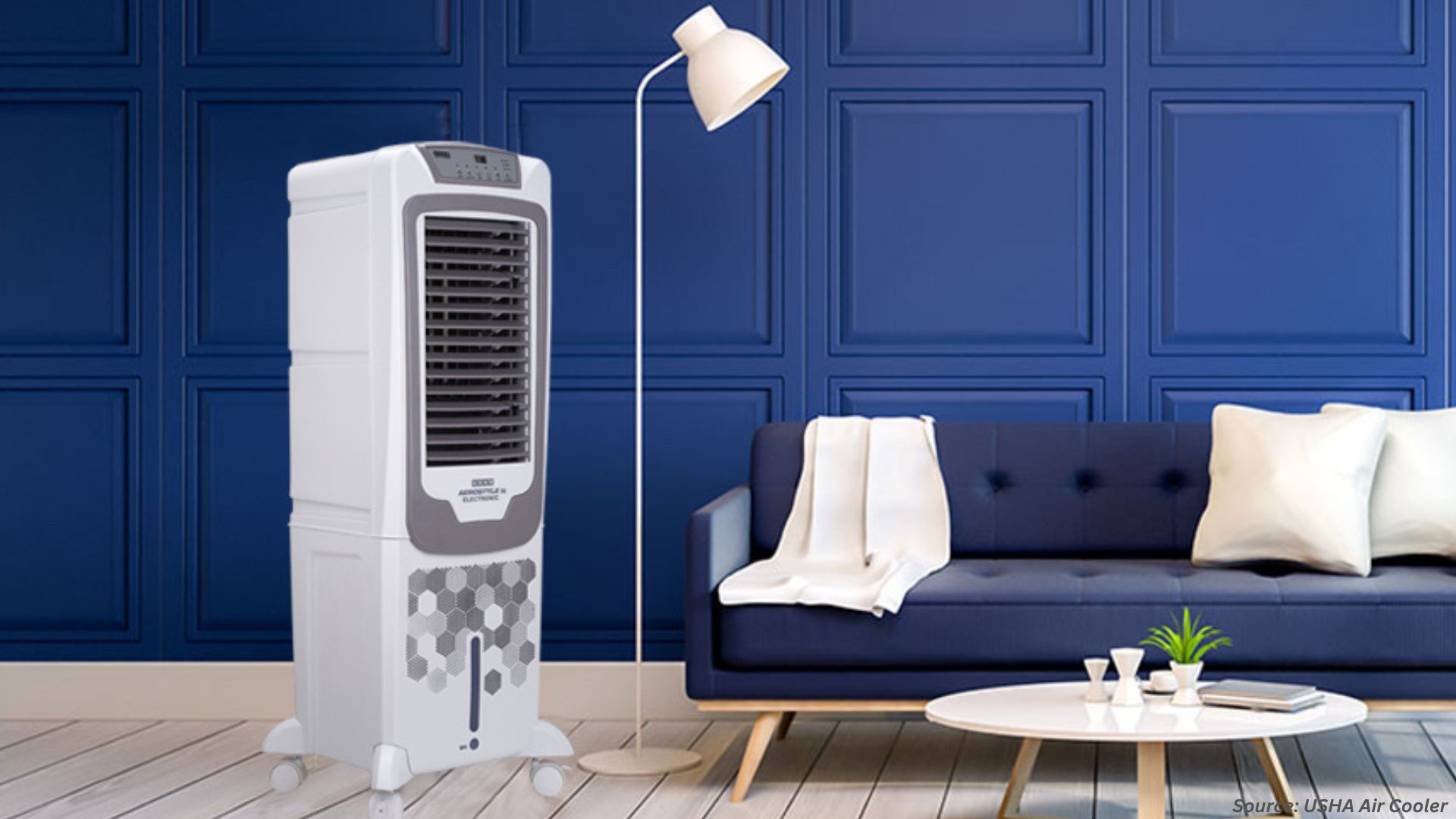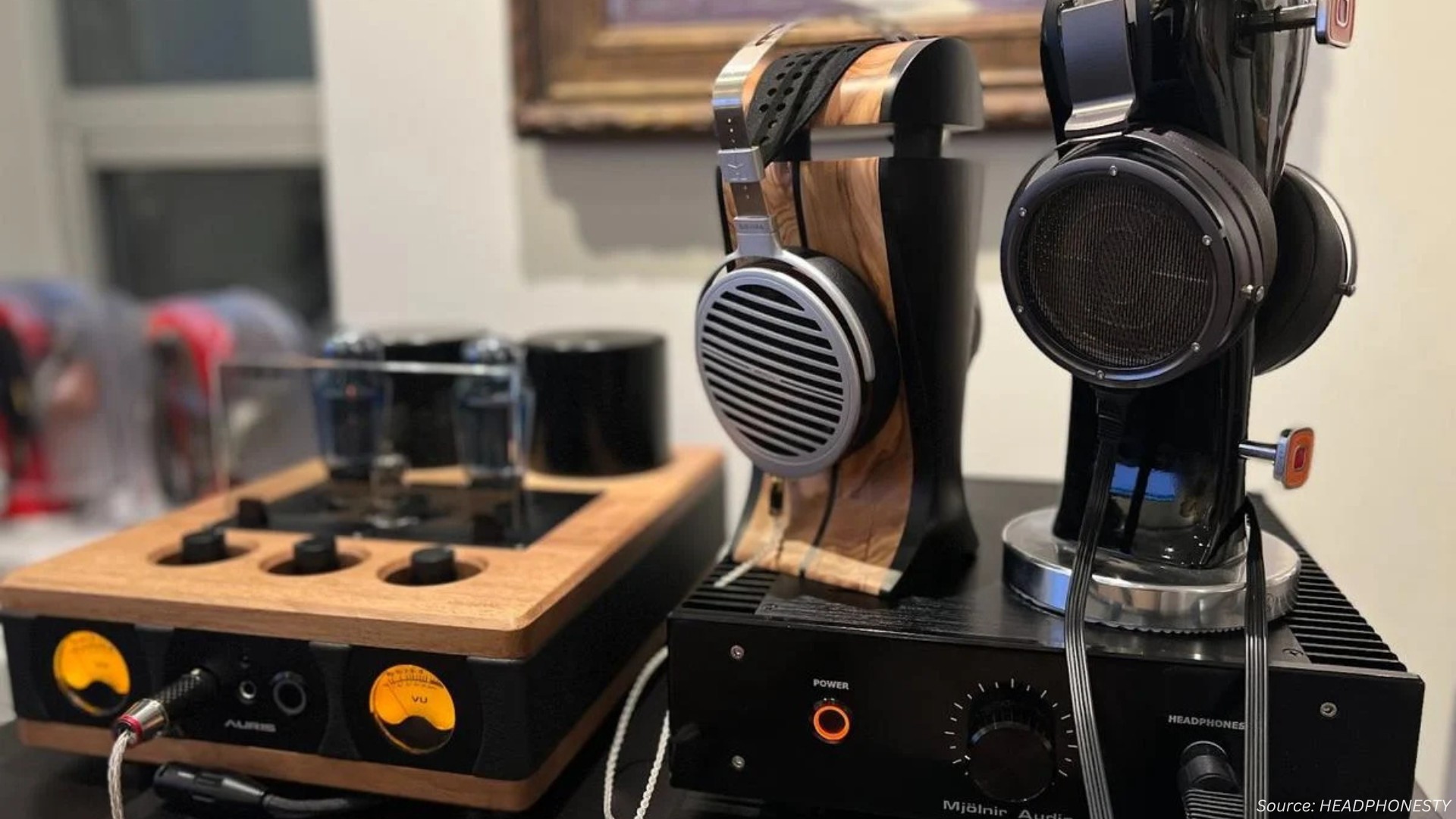
Australia Mobile Phone Accessories Market by Product (Battery, Headphone/Earphone, Portable Speaker, Charger, Memory Card, Power Bank, Battery Case, Protective Case, Screen Protector, Mount & Stand, Cables, Selfie Stick, Pop-Socket, Car/Bike Holder, and Styluses), by Usage (Android, and iPhone), by Price (Low, Medium, and High), by Distribution Channel (Offline, and Online), by Sales Category (Branded, Third Parties, and Others) - Opportunity Analysis and Industry Forecast, 2024–2030
Industry: Retail and Consumer | Publish Date: 25-Jun-2025 | No of Pages: 133 | No. of Tables: 158 | No. of Figures: 103 | Format: PDF | Report Code : RC1887
Market Definition
Australia Mobile Phone Accessories Market size was valued at USD 2.88 billion in 2023, and is predicted to reach USD 3.99 billion by 2030, at a CAGR of 4.2 % from 2024 to 2030. Also, the Australia mobile phone accessories market size was 90.75 million units in 2023, and is predicted to reach 127.47 million units by 2030, with a CAGR of 4.3% from 2024 to 2030.
Mobile phone accessories are additional items or devices designed to enhance the functionality, protection, or aesthetic appeal of mobile devices. These accessories serve as optional enhancements that users can acquire to personalize, safeguard, or amplify the capabilities of their mobile gadgets.
They encompass a diverse range of products including cases, screen protectors, chargers, power banks, headphones, earphones, Bluetooth speakers, stylus pens, car mounts, selfie sticks, and various adapters and cables. Catering to a wide range of needs and preferences, mobile phone accessories offer users the flexibility to customize their mobile experience according to their lifestyle and specific requirements, spanning from practical utility to fashion and personalization.
Frequent Smartphone Upgrades Fuel Accessory Purchases
Australia’s major carriers and OEMs (Apple, Samsung, Google) are constantly refreshing their flagship lines—and often sweetening the deal with trade‑in credit or “upgrade now” finance offers. As a result, consumers tend to replace devices every 18–24 months, rather than waiting three years or more. This creates a steady churn in accessory demand: every new form‑factor change or camera bump prompts sales of newly compatible cases, lens attachments, screen protectors and chargers. For example, the shift from flat‑back to curved‑edge glass on recent Galaxy S and iPhone models led to a spike in purchase of “camera‑safe” bumpers and magnetic MagSafe‑style wallets. Retailers track these upgrade schedules closely and plan promotional bundles accordingly, ensuring that accessory makers who move fastest see the bulk of sales.
E‑Commerce & Omnichannel Retail Expand Market Reach
Online sales of mobile accessories in Australia account for nearly 45 percent of total market value and are growing at 12 percent CAGR, driven by improved logistics (same‑day delivery zones in major metros) and digital storefronts from brands like Belkin and UAG. Brick‑and‑mortar specialist chains (e.g., Mobileciti, The Mobile Store) have responded by offering “click‑and‑collect,” in‑store touchscreen kiosks and virtual try‑on AR tools. This omnichannel approach gives consumers the best of both worlds: the ability to touch and feel premium leather cases or test wireless earbuds in person, plus the convenience of online-only SKUs and customer reviews. Importantly, niche players—such as custom‑print case startups—can reach coast‑to‑coast audiences without traditional retail overhead.
Customization & Fashion‑Driven Accessories Grow Premium Segment
Today’s phone case is as much an expression of personality as a protective shell. Australian consumers are gravitating toward limited‑edition “drops” from fashion and pop‑culture collaborations—think MTV’s 90s‑nostalgia prints or AFL‑team branded covers. Print‑on‑demand services let shoppers upload photos or artwork and receive a fully personalized, slim‑fit TPU case within days. The premium segment (cases retailing above AUD 50) has seen double‑digit growth, as buyers willingly pay for designer labels, embedded RFID wallet slots or antimicrobial finishes. Even within audio accessories, we see “lifestyle” earbuds offering swappable faceplates and premium packaging that mimics luxury watches—reinforcing the idea of accessories as fashion statements, not just functional add‑ons.
Low‑Cost Imports and Counterfeits Undercut Margins
Australia’s comparatively high retail prices have invited a flood of low‑cost imports, especially via online marketplaces. Consumers see a near‑identical-looking wireless charger or AirPod clone for under AUD 20, versus AUD 60–80 for branded options. This price arbitrage squeezes margins for authorized resellers, who must either match deep‑discounted bundles or risk losing market share. Worse, counterfeit goods often bypass safety and EMC testing, leading to device damage or even fire risk—eroding confidence in online channels. Efforts by platforms to crack down on fakes help, but the cat‑and‑mouse game continues, and legitimate players still bear the brunt of refund and warranty claims.
Eco‑Friendly Materials Tap Growing Sustainability Trend
Environmental consciousness is rising sharply in Australia: a recent survey found that over 60 percent of urban millennials will pay a premium for eco‑friendly packaging or products. Accessory brands can capitalize by introducing cases made from biodegradable biopolymers, charging cables woven from recycled ocean plastics, and carbon‑neutral shipping options. Such offerings not only justify higher price tags (AUD 50+ vs. commoditized AUD 15‑20 cables) but also generate positive PR and social‑media shareability. The federal government’s upcoming “plastics stewardship” framework may further incentivize manufacturers to adopt green materials or face higher compliance costs.
Competitive Landscape
The Australia mobile phone accessories market comprises various market players, such as Samsung Electronics, Apple Inc., Xiaomi Corporation, Bose Corporation, Sony Corporation, Google, Huawei Technologies Co., Ltd., Anker Innovations, Belkin International, Inc., Skullcandy, AUKEY Official, Logitech Inc., ZAGG Inc., Baseus, JBL, and others.
Australia Mobile Phone Accessories Market Key Segments
By Product
-
Battery
-
Headphone/Earphone
-
Portable Speaker
-
Charger
-
Memory Card
-
Power Bank
-
Battery Case
-
Protective Case
-
Screen Protector
-
Mount & Stand
-
Cables
-
Selfie Stick
-
Pop-Socket
-
Car/Bike Holder
-
Styluses
By Usage
-
Android
-
iphone
By Price
-
Low
-
Medium
-
High
By Distribution Channel
-
Offline
-
Specialty Mobile Stores
-
General Retail / Hypermarkets
-
-
Online
By Sales Category
-
Branded
-
Third Parties
-
White Labels/No Name Brands
Key Players
-
Samsung Electronics
-
Apple Inc.
-
Xiaomi Corporation
-
Bose Corporation
-
Sony Corporation
-
Google
-
Huawei Technologies Co., Ltd.
-
Anker Innovations
-
Belkin International, Inc.
-
Skullcandy
-
AUKEY Official
-
Logitech Inc.
-
ZAGG Inc.
-
Baseus
-
JBL
REPORT SCOPE AND SEGMENTATION:
|
Parameters |
Details |
|
Market Size in 2023 |
USD 2.88 Billion |
|
Revenue Forecast in 2030 |
USD 3.99 Billion |
|
Growth Rate |
CAGR of 4.2 % from 2024 to 2030 |
|
Market Volumes in 2023 (Million units) |
90.75 |
|
Volumes Forecast in 2030 (Million units) |
127.47 |
|
Growth Rate |
4.3% |
|
Analysis Period |
2023–2030 |
|
Base Year Considered |
2023 |
|
Forecast Period |
2024–2030 |
|
Market Size Estimation |
Billion (USD) |
|
Growth Factors |
|
|
Companies Profiled |
15 |
|
Market Share |
Available for 10 companies |
|
Customization Scope |
Free customization (equivalent up to 80 working hours of analysts) after purchase. Addition or alteration to country, regional, and segment scope |







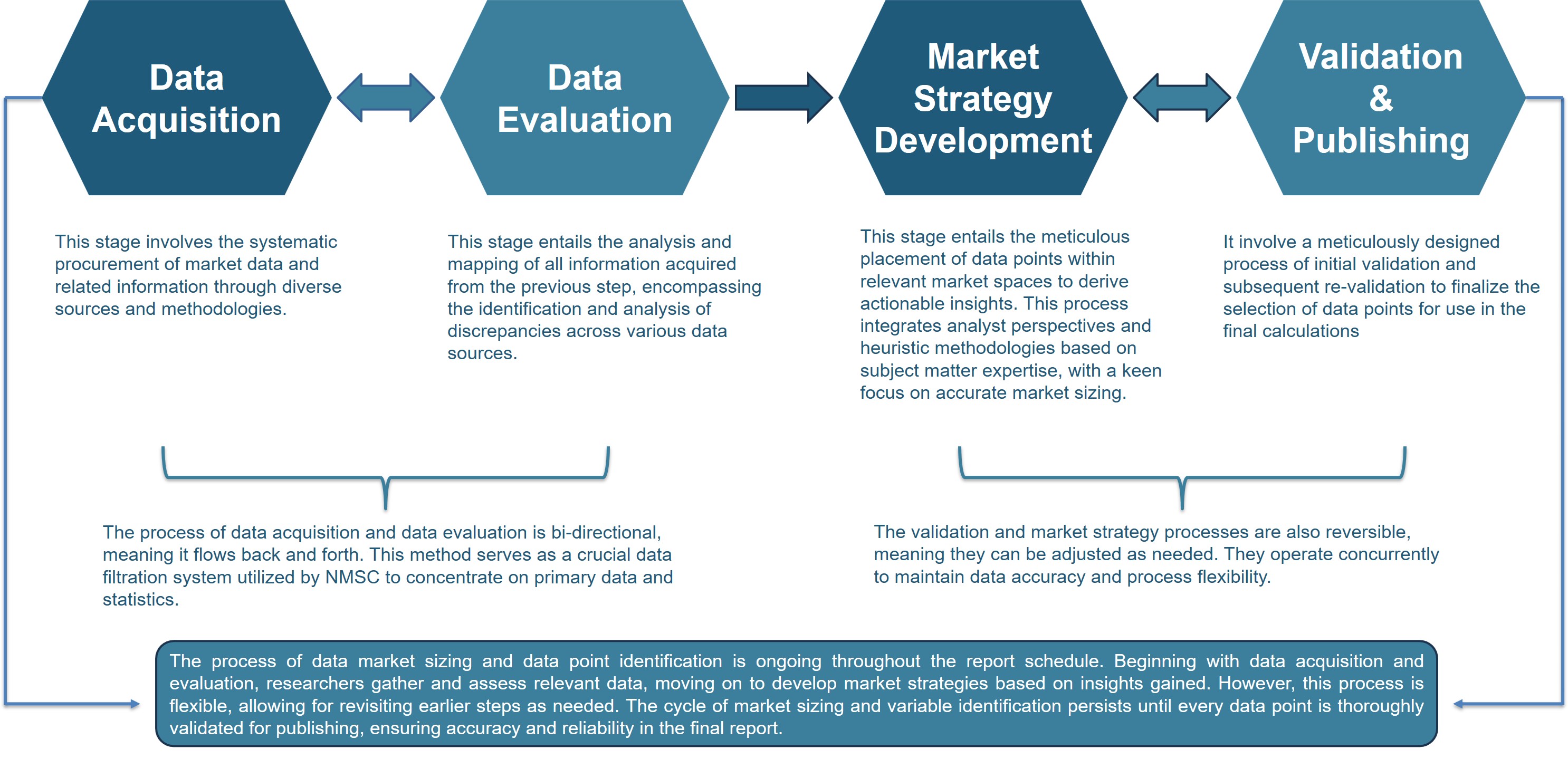
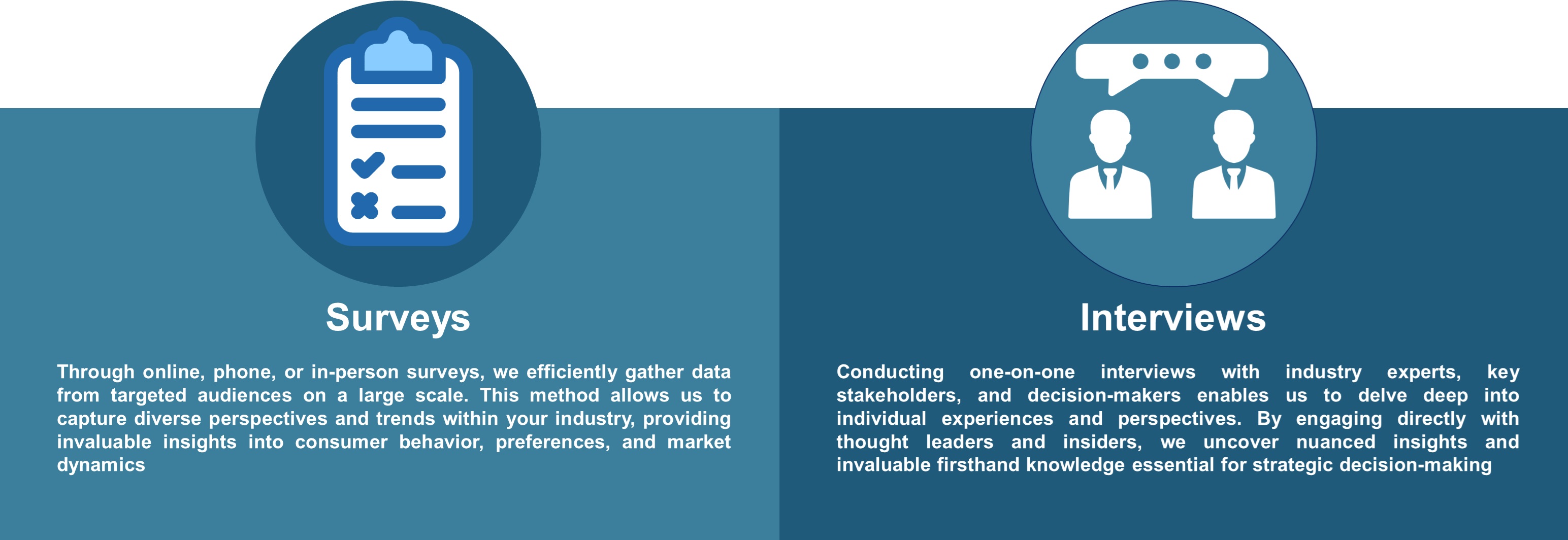



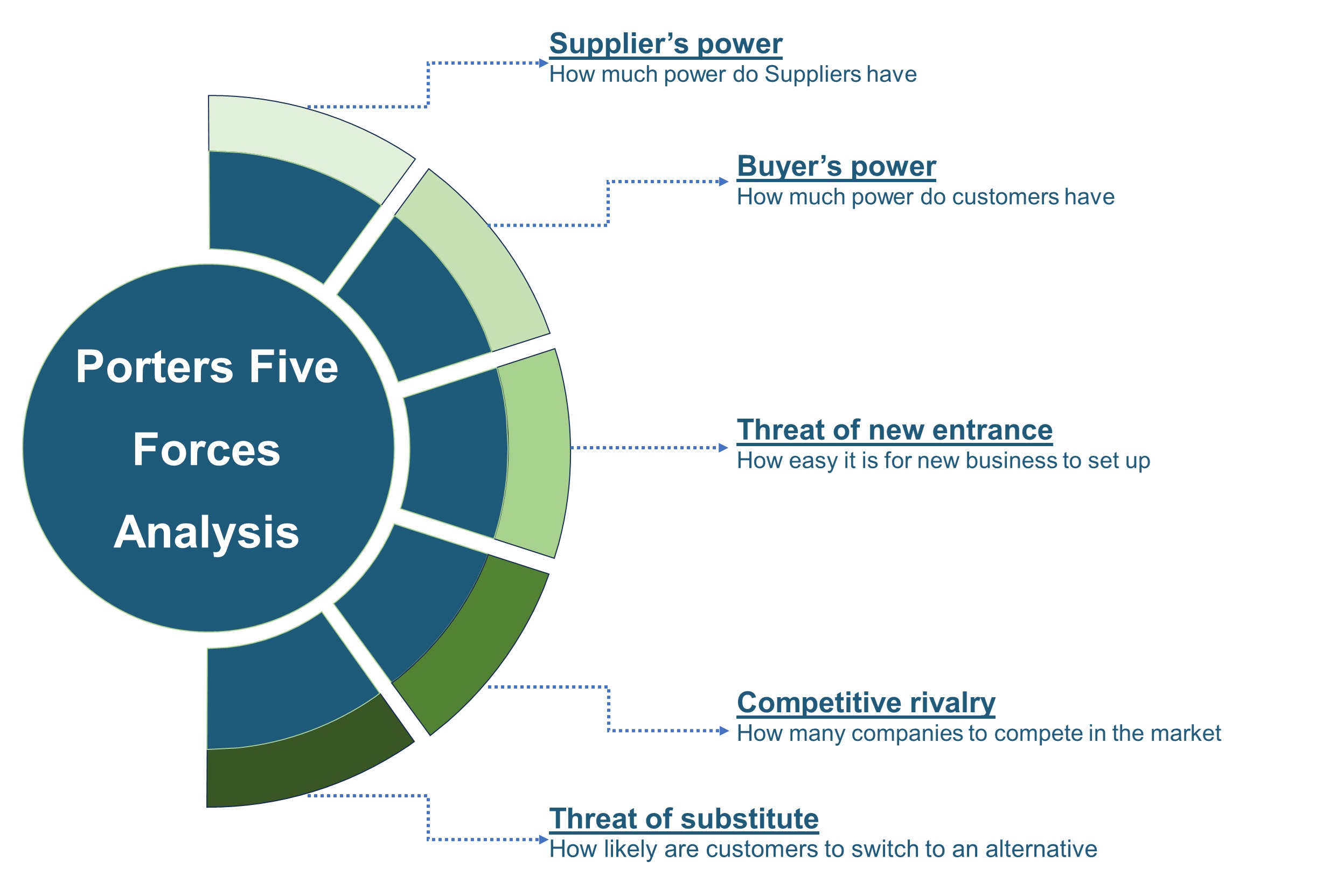







 Speak to Our Analyst
Speak to Our Analyst






